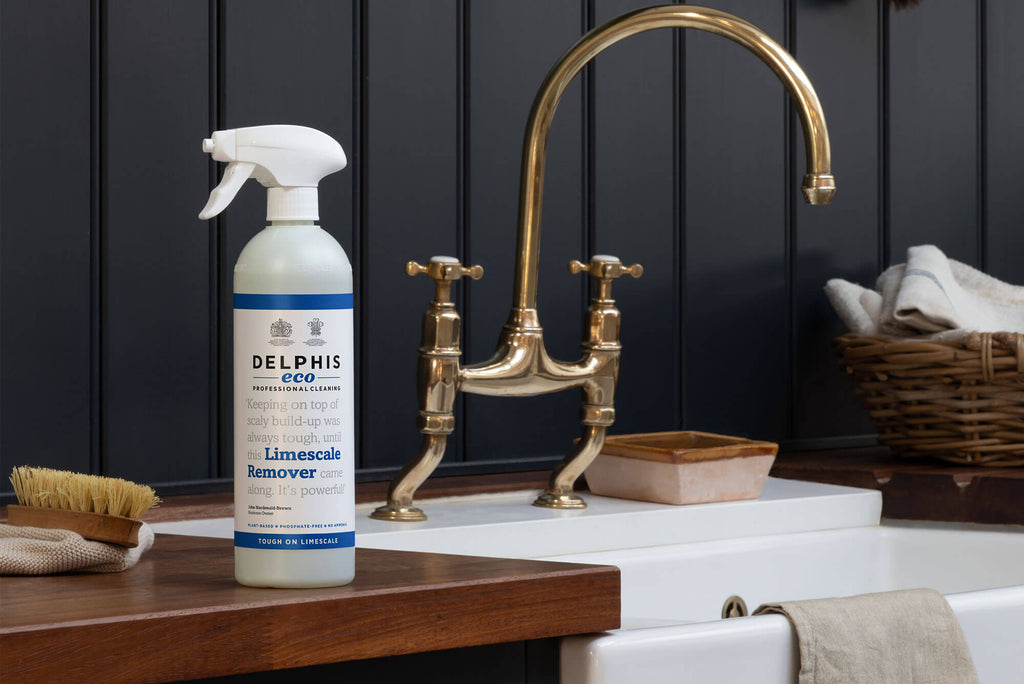Use regularly to prevent limescale build-up.
Instructions for Use
Spray onto the surface, leave for a few moments, wipe with a damp cloth to remove stubborn deposits, and rinse well. Polish surfaces using a dry cloth.
Avoid use on acid-sensitive surfaces such as aluminium, gold, silver or copper, damaged or hot surfaces. DO NOT USE on natural stone such as marble.
For product guides, information sheets and safety data sheets please send us an email.
Areas of Use
- Sinks
- Taps
- Baths & Showers
- Shower Screens
- Shower Heads
- Toilets













